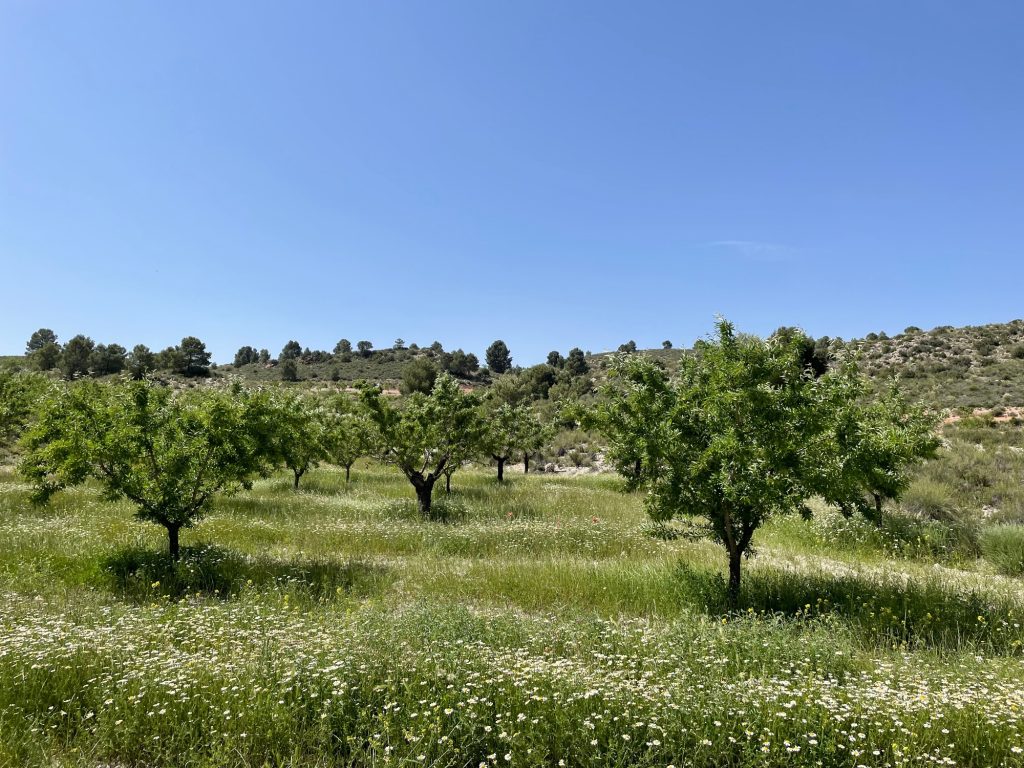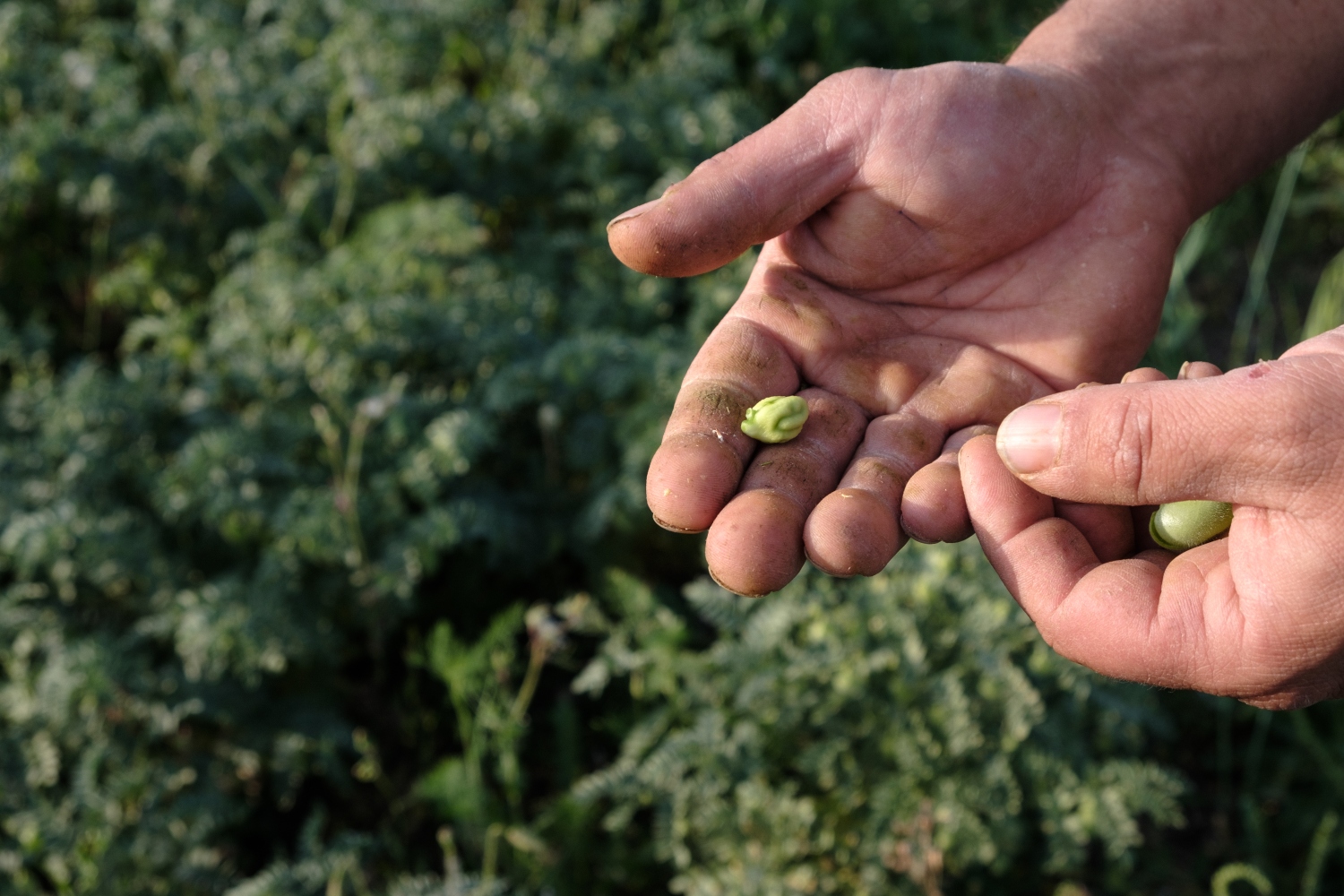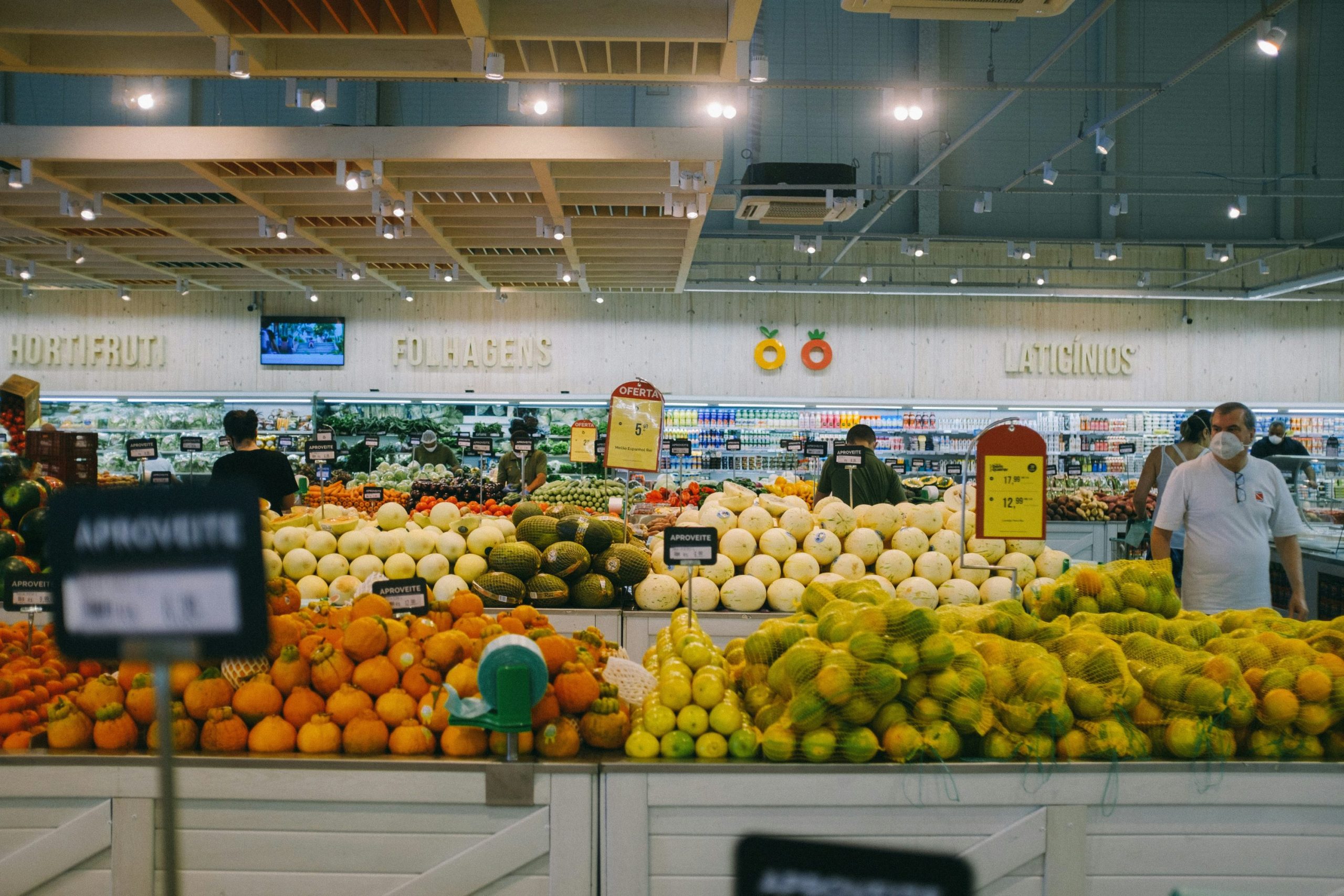Regenerative agriculture is a holistic farming approach aimed at restoring soil health, enhancing biodiversity, and improving ecosystem (and farming) resilience. It complements the organic regulation by actively seeking to regenerate natural resources. In many ways, it emerged as a response to the detrimental effects of industrial agriculture, such as soil degradation, biodiversity loss and declining presence of nutrients in food.
As awareness of soil health and regeneration grew, major food and agriculture companies took notice. The term “regenerative” became trendy—many large corporations began using it in marketing and sustainability reports.
The lack of a unified definition or set of rules lay the perfect ground for greenwashing—vague and misleading claims, and a lack of concrete proof. So the question emerges: Can big businesses genuinely do regeneration right? Can we trust their good intentions? What’s driving these commitments?
A deep dive into the latest FAIRR report: The Four Labours of Regenerative Agriculture, paving the way towards meaningful commitments on regenerative agriculture (September 2023) and a conversation with Bastien Sachet, CEO of Earthworm, reveals a nuanced reality. While big businesses are undeniably shaping the conversation, their approach is riddled with both opportunities and contradictions. (Earthworm is an international NGO that works with big brands to accompany them towards more regenerative and resilient supply chains.)
Contrary to popular belief, it’s not (just) consumer demand for strengthening sustainability commitments. Bastien notes that corporate interest in regenerative agriculture is being pushed by three key forces:
- Supply Chain Security: Climate disruptions, soil degradation and increasing reliance on the synthetic inputs market are threatening raw material supply. Businesses that don’t invest in improving resilience risk production failures.
- Investor Pressure: Major investors are demanding long-term sustainability commitments to protect their portfolios from climate-related risks.
- Regulatory Changes: Governments, particularly in Europe, are increasing oversight on deforestation and carbon emissions in supply chains.
The industry knows it must do better to secure future supply and meet the demand of increasingly conscious consumers, but many are overpromising and under-delivering.
By now, we’ve all come to realise that Bayer or Syngenta claiming to be regenerative is just a weak marketing technique founded on false claims to greenwash synthetic inputs. But what about brands like Nestle, Danone, Unilever etc.?
The findings from the FAIRR report reveal a mixed landscape. The report analyses the commitments on regenerative agriculture of around 80 global food and retail giants, worth over $3 trillion and representing almost a third of the sector.
- Prevalence of commitments: Approximately 63% (50 out of 79 of total studied) of these companies mention regenerative agriculture in their sustainability disclosures.
- Lack of quantifiable targets: Only 36% (18 out of 50) have established company-wide, quantifiable targets for implementing regenerative practices.
- Deficient measurement and reporting: A mere 16% (8 out of 50) discuss specific metrics and data related to their regenerative initiatives, with only four companies having established baselines to measure progress.
Less than a quarter of companies that discuss regenerative agriculture in their public reporting have a comprehensive approach to addressing key outcomes.
These statistics suggest that while many corporations are eager to align themselves with regenerative agriculture, a significant portion lack the concrete plans and transparency necessary to substantiate their commitments.
Although we can easily be led into the divisive view of David vs. Goliath, demonising all big businesses, it was interesting to speak to Bastien during our podcast interview to break this narrative. He reminded us that there are always people behind the logos, and what it takes is convincing the right person to really commit to do things well to start a major transformation within these companies. He gave us the example of a director at a big food company who when he first met Bastien was sceptical about the whole regenerative movement, and today this same person is now a leader and pioneer for tangible regeneration plans in his business. So before we get into any more details, it’s nice to remember that although positive change from corporations can sometimes feel increasingly difficult, at the end of the day, it’s just a group of humans who are (hopefully) capable of being convinced and changing the course of companies with massive impact.
“I often say we don’t work with companies, we work with people in companies. It always starts with one person, pushing for change. And in every person, there is a bright side and a dark side. It’s never black and white. You can’t judge someone just because they work for a big corporation. The real shift happens when that person steps onto a farm, listens to a farmer, and it clicks. Suddenly, they understand. They feel empathy, respect—and that’s when real change begins.” – Bastien Sachet
So, who’s getting it right?
Some actors use regenerative agriculture interchangeably with other terms, like sustainable agriculture (e.g., The Coca-Cola Company) and climate-smart farming (e.g., Anheuser-Bush InBev). A few companies use the words ‘regenerative’ or ‘regenerating’ in relation to activities beyond agriculture. Unilever and Danone both refer to regenerative agriculture alongside ‘regenerating nature,’ which appears closer in meaning to nature restoration. Coca-Cola, on the other hand, aims to ‘regenerate water’. This adds to the confusion surrounding the concept of ‘regenerative agriculture’.
Regenerative agriculture at big scale tends to give an outsized importance to soil carbon sequestration, while key measures like reducing pesticides or fertilisers are left out — this represents a huge risk, because if we fail to see the picture altogether, we might be robbing Peter to pay Paul.
Taken together, these points add up to a confusing definition of regenerative agriculture, undermining its credibility and effectiveness. Despite several companies claiming that they want to source all their ingredients from regenerative agriculture programs, there is little evidence that any company is on track to reach that goal within the timeframe of their climate transition plans.
The FAIRR report highlights that only four of the companies evaluated provide dedicated financial support to farmers. Although financial incentives tend to be the most used tool to incentivise the implementation of certain practices, it is not the only possible approach. At CrowdFarming, we believe that the ultimate goal of regenerative-organic agriculture is increasing resilience, which comes as a benefit both for farmers and businesses who depend on their supply. This needs to be conveyed to farmers, if we solely recur to financial incentives, they might stop regenerating altogether when incentives stop.
However, this doesn’t mean farmers should be left alone in this transition just because we believe it is in their best interest. To start with, this transition needs long term thinking. Fair pricing and financial stability are unnegotiable conditions to achieve this. Some additional ways to support farmers in the transition is by financing monitoring and training and raising awareness among the public so that consumers start to choose regenerative-organic over other alternatives.
Measuring regenerative impact is still a challenge

As we’ve shared in previous articles, we believe that in order for a farmer to claim “regenerative agriculture”, we require proven positive outcomes, and our consumers can see the results of all farmers claiming to be regenerative in their profiles. Only 16% of companies report data on regenerative outcomes. Sachet’s team at Earthworm tackles this by tracking indicators like soil organic matter and using satellite imagery to assess land cover. However, until companies invest in better measurement frameworks, it will be difficult to separate real progress from marketing hype.
Some companies are taking meaningful steps beyond just words. They provide transparency, set measurable goals, and prove their impact. For example, Patagonia Provisions works with farmers on regenerative grazing, measures soil health improvements, and shares data publicly. Examples like this one show that scale isn’t necessarily the problem—lack of accountability is.
Still, one of the biggest roadblocks in the regenerative movement is the lack of standardised metrics for measuring regenerative progress. As of today, every company collaborates with other companies, research centres or service providers to have their own framework, one that is unique to them and makes it difficult to compare results across the industry and understand progress and trends.
The Bottom Line: Companies that ignore their supply chains today won’t have one tomorrow.
While it could be considered encouraging that large corporations are acknowledging the importance of regenerative agriculture, genuine adoption requires more than just rhetoric. It demands:
- Clear Definitions: Companies must articulate what regenerative agriculture means within the context of their operations.
- Measurable Commitments: Setting specific, time-bound goals is essential to track progress and hold entities accountable.
- Transparent Reporting: Regular disclosure of methodologies, metrics, and outcomes is crucial for assessing impact and fostering trust.
This trend of adopting regenerative agriculture as a buzzword, without the necessary commitment to actionable and transparent practices, undermines the movement’s integrity and potential impact. Both consumers and investors play pivotal roles in demanding and supporting authentic efforts, ensuring that regenerative agriculture remains a transformative force in creating a resilient food system.
Whether businesses will truly transform food systems—or simply rebrand their old practices—will depend on how willing they are to go beyond PR statements and make real investments where it matters: on the farm.





Comments
Please note that we will only respond to comments related to this blog post.